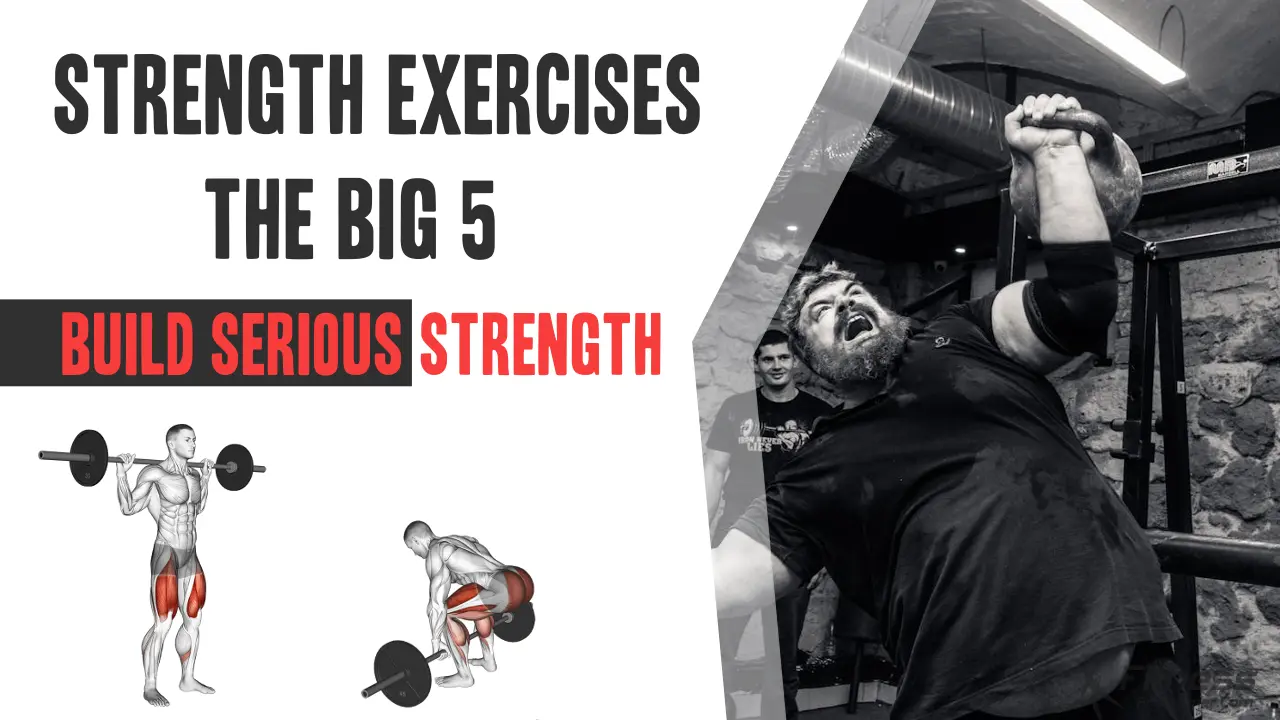Contents
When it comes to building strength, not all exercises are created equal. Some movements activate more muscle groups, elicit greater hormonal responses, and yield superior functional and athletic outcomes. These are known as compound exercises—multi-joint movements that mimic real-life patterns such as squatting, hinging, pushing, and pulling.
In strength training, a handful of foundational exercises stand above the rest. These lifts, extensively studied and consistently recommended by strength coaches, physical therapists, and sports scientists, are highly effective in developing full-body strength, improving performance, and preventing injury.
This article outlines the five most important strength exercises to prioritize in your program, explaining their benefits, proper form, variations, and integration strategies based on your training goals.
Why These 5 Strength Exercises Matter
Each exercise on this list is:
- Multi-joint (compound), meaning they work several muscles simultaneously.
- Functionally relevant, mimicking real-life movement patterns.
- Highly scalable, making them useful for beginners and elite athletes alike.
- Supported by scientific literature and expert consensus in strength and conditioning.
The 5 Most Important Strength Exercises
1. Barbell Back Squat

Muscles Worked: Quadriceps, glutes, hamstrings, erector spinae, core
Movement Pattern: Knee-dominant lower body push
Why It’s Important
The barbell back squat is widely regarded as the king of lower-body lifts and one of the three core movements in powerlifting. It develops explosive strength, hypertrophy, and postural stability while stimulating muscle-building hormones such as testosterone and growth hormone. This lift enhances athletic performance in activities like running, jumping, and lifting heavy objects from the ground.
By engaging nearly every major muscle group in the lower body and core, the squat helps build strong, functional movement patterns essential for both sport and daily life.
How to Do It
- Place the barbell across your upper traps (high-bar) or rear delts (low-bar).
- Descend until your hips are below parallel.
- Drive upward through your heels while maintaining a neutral spine.
Variations
- Sumo Squat
- Front Squat
- Barbell Hack Squats
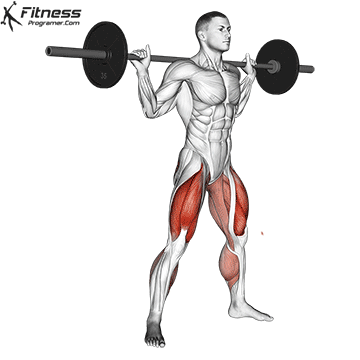

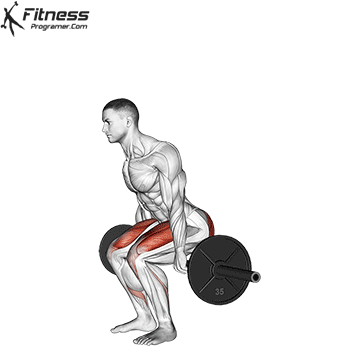
2. Deadlift (Conventional or Trap-Bar)
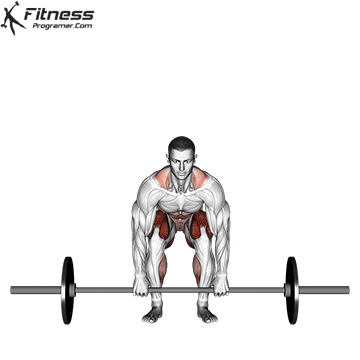
Muscles Worked: Glutes, hamstrings, erector spinae, traps, lats, core
Movement Pattern: Hip hinge
Why It’s Important
The deadlift is a cornerstone of powerlifting, alongside the bench press and squat. It is unmatched for developing posterior chain strength, which includes the glutes, hamstrings, and lower back. This movement improves grip strength, posture, and overall body coordination while building functional power useful in everyday lifting tasks and sports performance.
Its ability to target large muscle groups simultaneously also makes it highly efficient for fat loss and metabolic conditioning. From competitive lifters to general trainees, mastering the deadlift is essential for long-term strength development.
How to Do It
- Set feet hip-width apart, bar over midfoot.
- Hinge at the hips and grasp the bar just outside the knees.
- Engage lats, lift with a straight back, and extend hips at the top.
Variations
- Trap-bar Deadlift (beginner-friendly, less spinal loading)
- Sumo Deadlift
- Stiff Leg Deadlift (greater hamstring isolation)
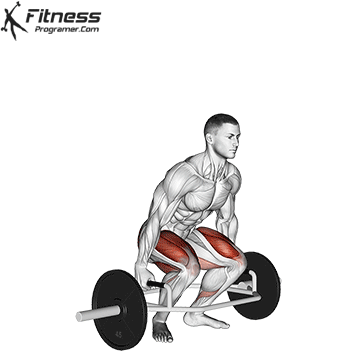

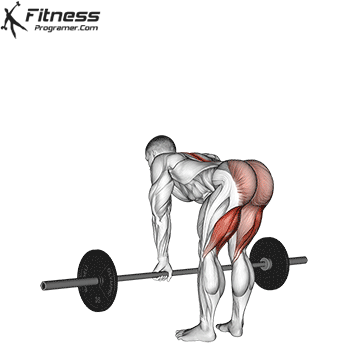
3. Barbell Bench Press
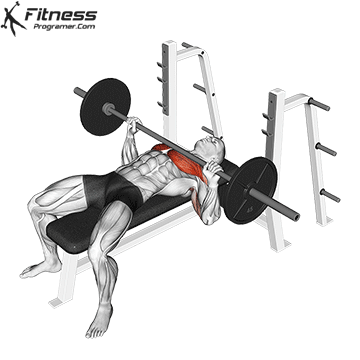
Muscles Worked: Pectorals, deltoids, triceps
Movement Pattern: Horizontal upper-body push
Why It’s Important
The bench press is not only one of the three competition lifts in powerlifting, but also a gold-standard test of upper-body pushing strength. It targets major pushing muscles like the chest and triceps, and is a staple in hypertrophy and strength programs alike. A well-developed bench press supports functional movements like pushing doors, carrying objects, and bracing during athletic activities.
Consistent training with the bench press contributes to improved muscle mass, pressing mechanics, and joint stability, especially when paired with pulling exercises to ensure muscular balance.
How to Do It
- Lie on a flat bench with eyes under the bar.
- Grip the bar slightly wider than shoulder-width.
- Lower to the sternum, then press upward to full extension.
Variations
- Dumbbell Bench Press (more joint-friendly, unilateral control)
- Incline Press (upper chest focus)
- Decline Bench Press (Lower chest focus)
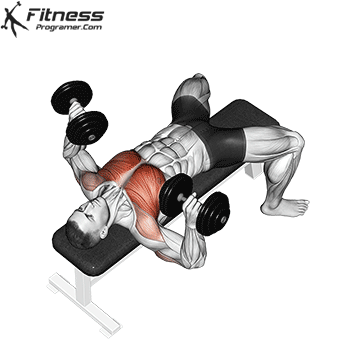
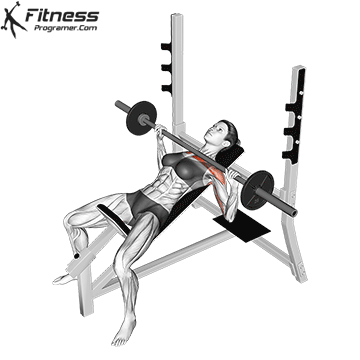

4. Pull-Up

Muscles Worked: Lats, biceps, rhomboids, rear delts, core
Movement Pattern: Vertical pull
Why It’s Important
While not one of the traditional powerlifting competition lifts, the pull-up is a vital companion exercise for balancing the pushing movements found in bench pressing. It trains the upper body pulling mechanics essential for joint health, posture, and upper-back strength.
Pull-ups also build grip strength and core control, making them a favorite among bodybuilders, CrossFit athletes, and tactical professionals. In powerlifting, strong lats and upper back are critical for stability during squats and deadlifts—making pull-ups an indispensable accessory movement for strength athletes.
How to Do It
- Hang from a bar with either a pronated (pull-up) or supinated (chin-up) grip.
- Pull your chin above the bar using a controlled tempo.
- Lower back to full extension.
Variations
- Chin-up
- Commander Pull-Ups
- Muscle-up
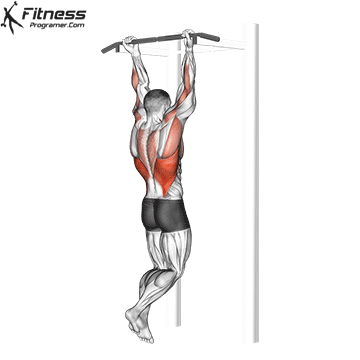
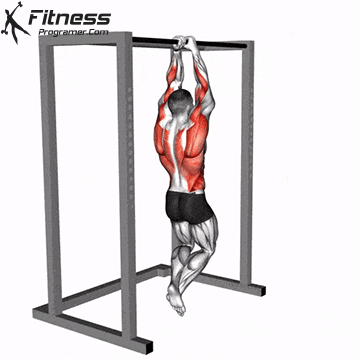
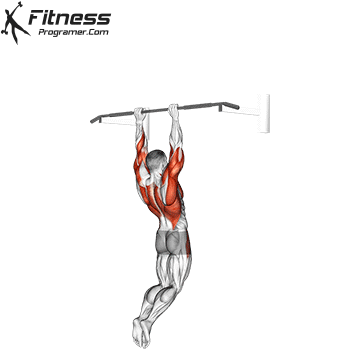
5. Standing Overhead Press (Barbell or Dumbbell)
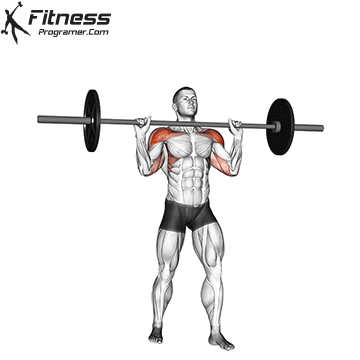
Muscles Worked: Deltoids, triceps, traps, core
Movement Pattern: Vertical push
Why It’s Important
The standing overhead press develops shoulder and upper back strength, with high transferability to sports, lifting tasks, and general functional movement. Though not included in competitive powerlifting, it was once a staple Olympic lift and is often used by powerlifters to build overhead stability and pressing strength to complement the bench press.
Pressing overhead while standing engages the core, glutes, and legs, teaching the body to produce force while stabilizing against external load—a critical skill in both athletic and real-world tasks.
How to Do It
- Start with the barbell at shoulder height.
- Press upward, keeping the bar path slightly behind the head.
- Lock out with biceps by the ears.
Variations
- Push Press (adds lower-body drive for power)
- Kettlebell Shoulder Press
- Seated Dumbbell Press (less core activation, more shoulder isolation)
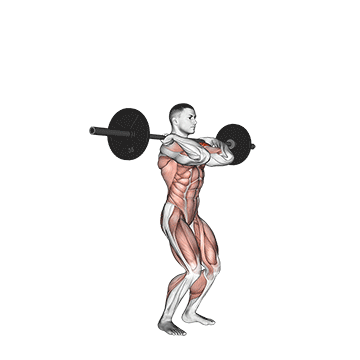
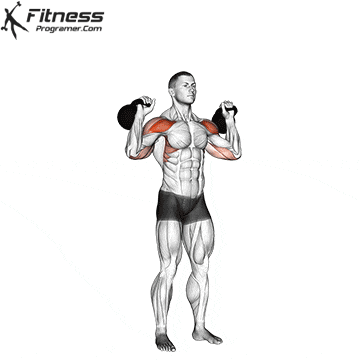
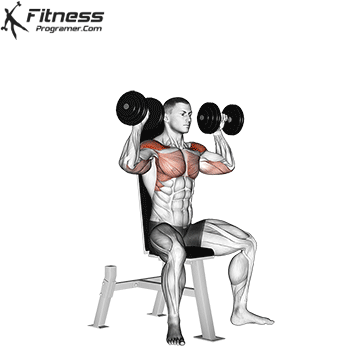
How to Incorporate These Exercises into Your Training
| Goal | Weekly Frequency | Reps & Sets | Load Range |
|---|---|---|---|
| Strength | 2–3x per week | 3–6 sets of 3–6 reps | 80–90% of 1RM |
| Hypertrophy | 4–5x per week | 3–4 sets of 8–12 reps | 65–75% of 1RM |
| Fat Loss | 3x per week | Circuit format, higher reps | 50–65% of 1RM |
| General Fitness | 3x per week | 2–3 sets of 8–10 reps | Moderate load |
Training Tip: Pair pushing and pulling movements (e.g., bench press with pull-ups) to maintain muscular balance and joint health.
Conclusion
The five most important strength exercises—squat, deadlift, bench press, pull-up, and overhead press—are cornerstones in every effective training program. They deliver unmatched value in building strength, muscle, bone density, mobility, and metabolic health. Mastering these movements, progressing them intelligently, and including variation ensures both long-term performance and injury prevention.
References
- Schoenfeld, B. J. (2010). The mechanisms of muscle hypertrophy and their application to resistance training. Journal of Strength and Conditioning Research, 24(10), 2857–2872. https://doi.org/10.1519/JSC.0b013e3181e840f3
- Król, H., Piech, K. (2020). The impact of multi-joint and single-joint strength exercises on physical performance. Journal of Human Kinetics, 72, 49–58.
- Grgic, J., et al. (2018). Resistance training frequency and skeletal muscle hypertrophy: A review of available evidence. Journal of Science and Medicine in Sport, 21(4), 361–370.
- American College of Sports Medicine (2021). ACSM’s Guidelines for Exercise Testing and Prescription (11th ed.).
- Schick, E. E., et al. (2010). Muscle activation during upper-body resistance exercises with free weights and machines. Journal of Strength and Conditioning Research, 24(4), 1040–1046.

